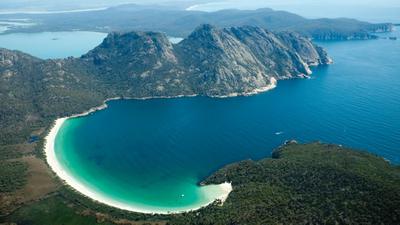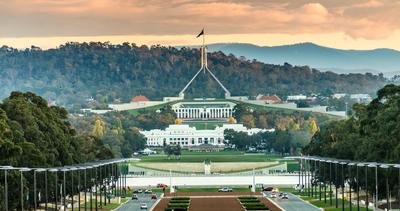Sustainable Farming in Australia
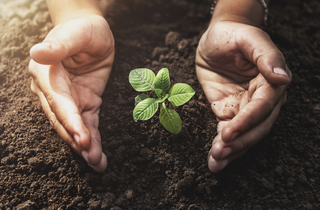

The importance of sustainable agriculture in Australia
Fishing and farming are inescapable parts of our daily lives, no matter where you sit on the supply chain. From fertilizer manufacturers and farmers to supermarket managers and everyday shoppers, we’re all involved in some way with the food that reaches our dining table, whether it comes from the farm or the sea.
With organic and sustainable food produce increasingly becoming available in ordinary grocery stores, consumers are rightfully growing more concerned over how their food is produced. Are chemicals involved? What are the conditions like for workers? How does it affect our environment? These questions ultimately amount to whether our fishing and agricultural practices are sustainable, and what sustainability actually looks like.
The first hurdle to clear is establishing the fact that 'sustainable' does not mean the same thing as 'organic', and vice versa, though they can overlap:
- Organic agriculture means that that food was not genetically modified and has met certain guidelines on how it was produced, what amounts of fertilizer or pesticide were used, etc. Often, organic production will not take into consideration land use or the distance food travels before consumption. Fishing cannot always be organic, as there is no way to regulate completely what wild fish consume.
- Sustainable agriculture and fishing are focused on producing food without using up the natural resources available, and ensuring they are viable in the long term. The goal is to enhance our naturally-occurring resources, act in an economically responsible way, and better the lives of producers and consumers.
What is sustainable agriculture?
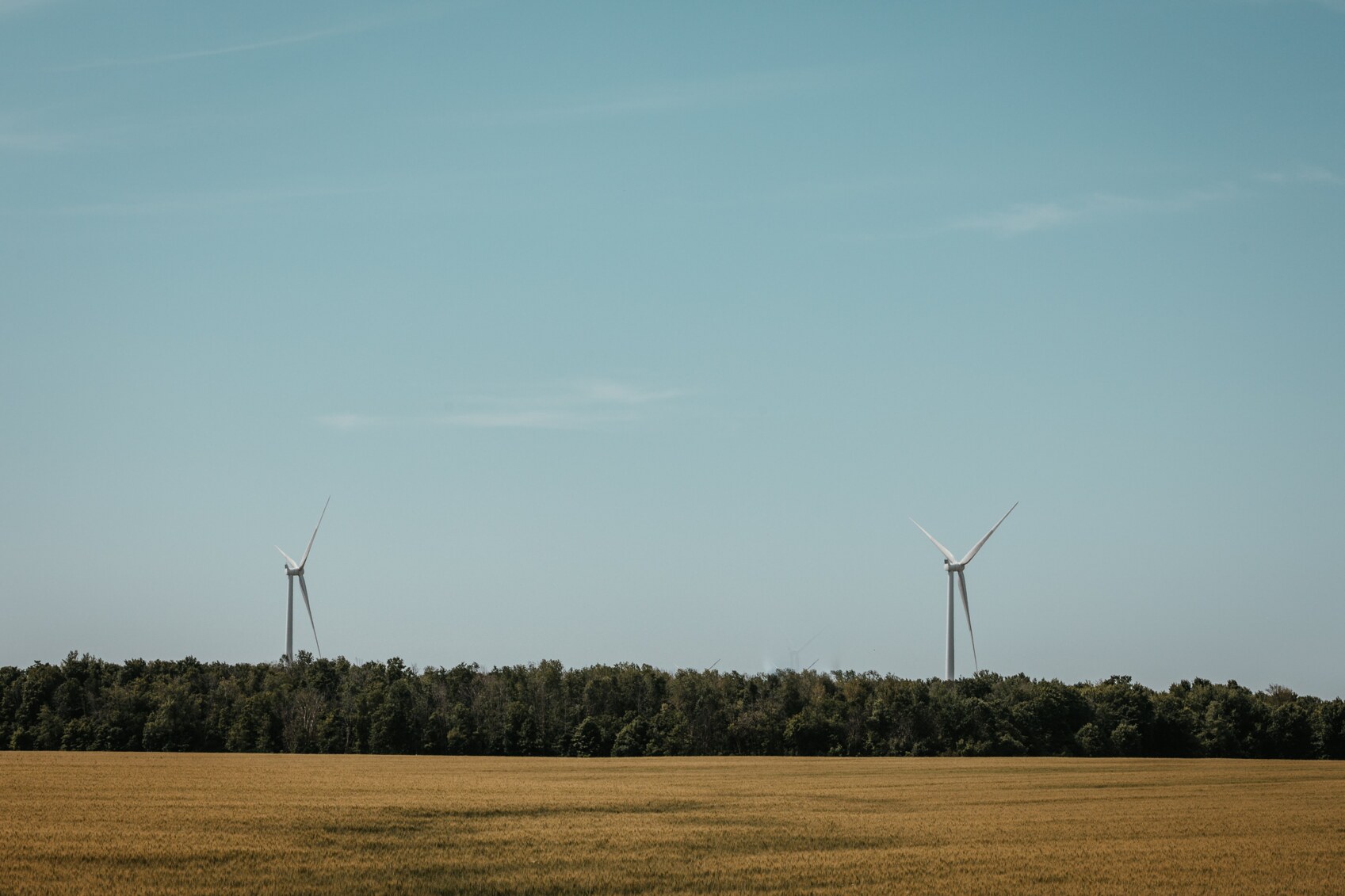
Sustainable agriculture is a form of farming that aims to protect the environment while also meeting consumption demands and without compromising resource availability for future generations. It is a form of stewardship on the part of the farmer, and can be as much about individual practice as it is about state policy.
Individual farmers, or the owners of industrial farms, can make the choice to implement certain practices that make their farm more environmentally friendly. Alternatively (and in an ideal world) states can also implement regulations and policies that all farms must meet in an attempt to raise the ecological standard of a country's farming industry.
A less imposing form of the above would be introducing a government regulatory body that certifies farms as “sustainable” when they take on such practices or adhere to specific guidelines. In this way, states and individuals can cooperate as much or as little as they want to.
Methods of sustainable farming include:
- Rotational crop farming: planting different crops in a sequence on the same plot of land in order to optimise and vary nutrient usage in the soil, improving its health and fertility while also combating pest populations. Rotational grazing works on the same premise, allowing farmers to raise a variety of livestock.
- Ecological pest management: employing preventative measures to reduce reliance on harsh chemical pesticides, such as cultivating a biodiverse selection of crops, choosing pest-resistant crops, maintaining appropriate pH to deter pests, et cetera.
- Reducing soil disturbance: taking on a strip-till or no-till practice to reduce water erosion & wind erosion and improve organic matter in the soil for nutrient uptake.
- On-site energy production: investing in solar panels, hydro-electricity, and/or wind energy – even partially – to help maintain self-sufficiency as farms will only produce the energy they will use, thus reducing dependency on less renewable forms of energy.
What does this look like in Australia?
There are no borders to sustainability. Individual farmers across the nation are taking up sustainable practice by converting to solar power, decreasing soil tillage to save water, managing pastures to prevent overgrazing, and more.
Organizations like the National Farmers’ Federation keep track of the sustainability initiatives set up across the industry, from grains and sugar to dairy and meat. They also provide resources and information about sustainability initiatives for farmers who are just beginning their sustainability journeys.On a state level, however, Australia lacks a definitive framework and policy guideline on what counts as sustainability.
The 1997 government definition of sustainable agriculture as well as the Environmental Protection and Biodiversity Conservation Act of 1999 – and all of its amendments since – was vague at best, and concerned itself more with forestry than agricultural practices. Active efforts to set up Environmental Management Systems began nationally in the early 2000s, with plenty of momentum behind them, but stopped suddenly in 2008. Since then, the nation has had a “fragmented, stop-start approach” to developing policies.
While individual efforts are certainly growing, and private universities are researching best practices, the policy vacuum leaves farmers, land managers, and other industry leaders without a metric to function by. Implementing a framework is a necessary step forward in the country’s sustainability efforts in the face of climate and biodiversity crises.
What is sustainable fishing?
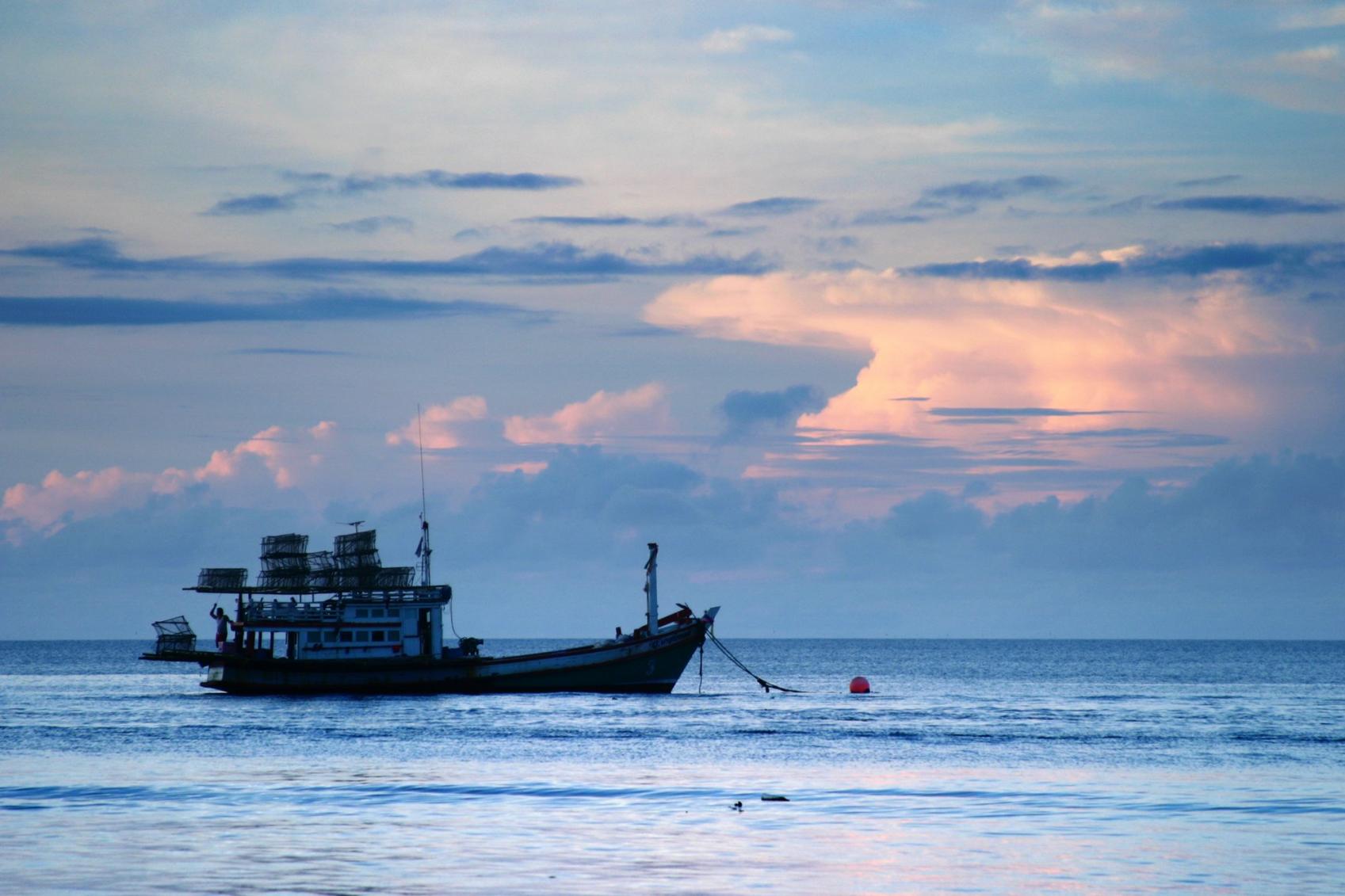
Sustainable fishing, like sustainable farming, is the practice of fishing that ensures consumption demands are met without harming marine habitats and devastating fish populations. It seeks a balance between ecological health and supplying food.
Fishing is a source of livelihood for many people across the world and has been for centuries. As this industry has been around since the hunter-gatherer period, it may seem difficult for it to holistically take on sustainable practices, but it is very possible.
The UN defines sustainable development in three respects: environmental, economic, and social. Envisaging these pillars in fishery managements is not impossible, if fisheries take on a rights-based management system. This means creating a system that protects every stakeholder’s need for a resource that has been historically treated as a public good with open access.
Fisheries with this managerial system control resources by:
- Limiting access to the fishery: marine areas are locally managed, every fisherman has a licence.
- Controlling input and output: time fished, fishing gear, size of boat etc. are all regulated, as well as catch shares and quota banks.
While this system has generated fears that it will squeeze out smaller fisheries from the market, research has shown that these systems don’t undermine community outcomes or produce negative social impacts (like pushing fishermen to illegal, unreported fishing).
Other methods of sustainable fishing can include:
- Fish rotation: like crop rotation, this involves catching different types of fish at different times of year to allow populations to grow.
- Cast-net fishing: while this method is typically used by subsistence farmers, it can be employed on a wider, industrial scale to increase harvest sizes and reduce bycatch.
- Modifying nets: this helps reduce bycatch by allowing fishermen to warn marine inhabitants they don’t want to catch without disturbing those they do want to catch, for example putting LED lights on nets to warn fish but still attract shrimp.
What does this look like in Australia?
There may be an abundance of fishermen (and ocean to be fished) in Australia, but a whopping 70% of the seafood we consume is imported. Control over supply chains of imported food is impossible, so we must prioritise what is happening with the locally-sourced 30%.
Individual recreational and professional fishers may be regulated through permits and licences, while industrial fisheries are regulated by the Australian Fishery Management Association. Their goal is to decrease illegal, unregulated, and unreported (IUU) fishing through monitoring the seas and minimising exploitation of maritime resources.
Private organizations like the Australian Marine Conservation Society assess fisheries around the country and certify them as sustainable depending on their operations. These certifications aim to help consumers make better choices when purchasing and consuming seafood, though it is important to note that these “eco-labels” can lead to greenwashing.
While industry certificates can offer a better sense of transparency in regards to fishery management, industry improvement is most efficiently stimulated by a policy framework that continues to push for the implementation and maintenance of more sustainable practices.






